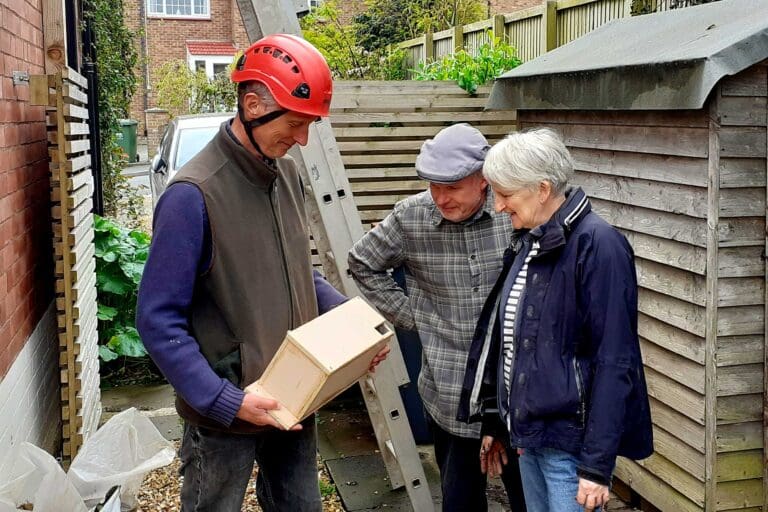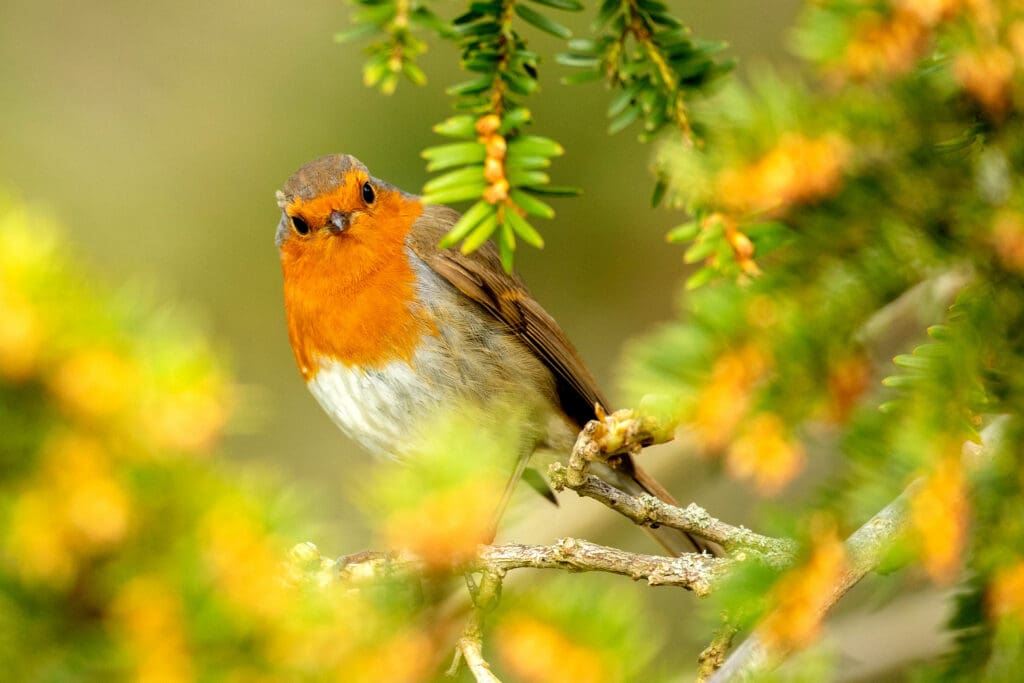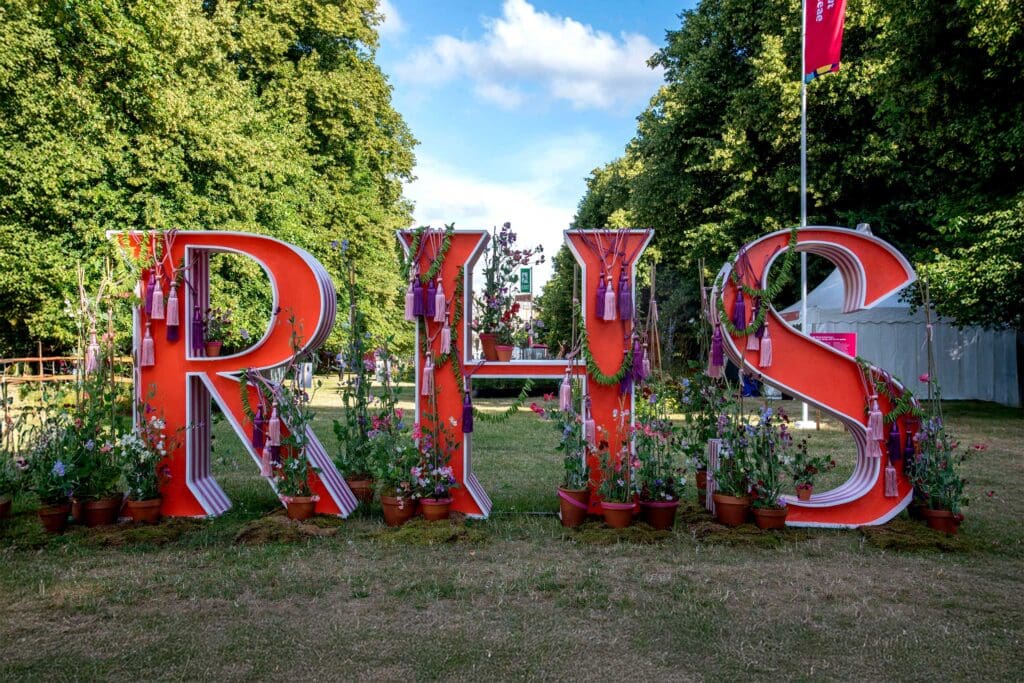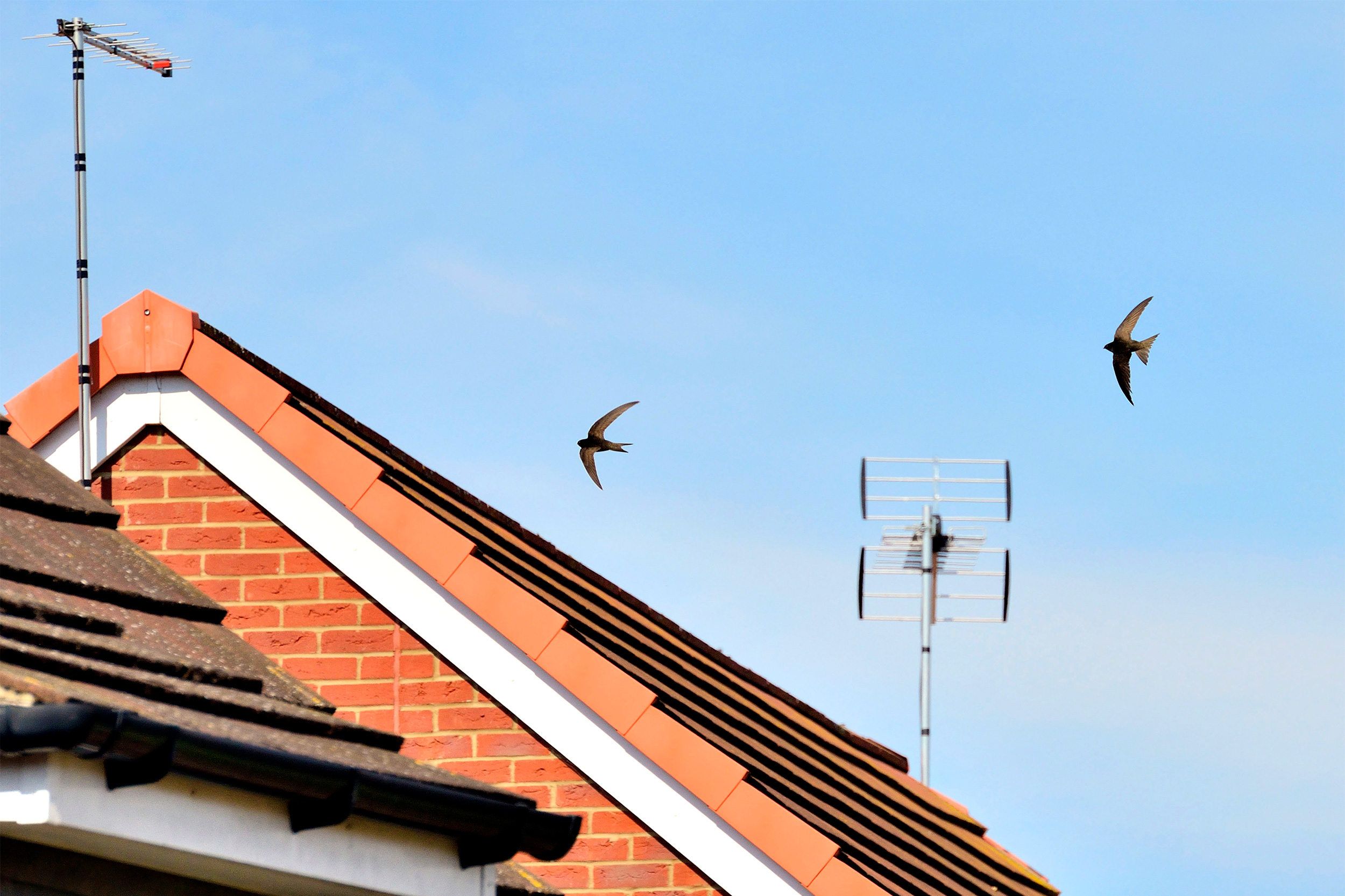We often take our housing requirements for granted. For those of us lucky enough to own or rent homes our ideal prerequisites include a decent kitchen, good bedrooms, a nice lounge and, if we’re lucky, a good-sized garden.
For a bird, housing needs are fairly basic by comparison. Unlike us, birds don’t actually live in their nests, as they are out and about living their lives. Nests are nurseries, purely for the raising of the future generations. That said, birds such as Long-tailed Tits or Wrens famously use nestboxes to pass harsh winter nights huddled together to keep warm.
The nests of birds have to be fit for purpose and in shady areas out of sight and reach of predators. Housing in the bird world is all about nooks and crannies. And holes.
The urban structures of today are basically bereft of nesting sites for birds. Our architects and builders are obsessed with erecting buildings without holes and crevices, as quickly as possible. Add to that the fact that councils are quick to remove old trees, a source of great housing for birds, it is plain to see that we have a problem.
I have noticed that in Spain, and other European countries, many buildings, particularly the older ones, are littered with holes, crevices and ledges. These encourage a wide variety of nesting birds including House Sparrows, Storks, Kestrels and, of course, Swifts.
I love walking the streets of those towns and watching hordes of screaming Swifts in sizeable flocks chasing each other between the buildings. They, along with the other species that nest in the buildings and surrounding bushes and trees, add to the character of the towns in which they live.
‘Keep nagging developers to include Swift boxes in their new developments’
We have an issue in the UK. As one of the most nature-depleted nations on earth, it is rare to find urban areas as buzzy as some of our continental counterparts. Along with the lack of nesting sites, we are also low on insects and, despite all the rain that we get, we are low on mud for House Martins to build their amazing mud nests. Their situation is further confounded by the lack of eaves from which to locate their nests plus the anti-stick paint that we use to discourage such activity.
Here’s how volunteers are trying to make their communities more bird friendly.
But many of us are doing our bit to try to reverse this negative trend. Supplying nestboxes has been a godsend for many species. The Red-Listed Swift has been lured back to many areas due to the inclusion of Swift bricks by some more forward-thinking developers who have listened to the numerous local Swift groups up and down the country.
One word about local groups – never feel that your efforts are futile in the grand scheme of things. Your collective efforts, including those of individuals who place general nestboxes in their neighbourhoods, are really making a difference. Keep nagging developers to include Swift boxes in their new developments and keep putting up boxes.
In urban areas, people often do not realise that they too can provide nesting opportunities for birds. Make it your business to advise your neighbours about when and where to place nestboxes. Perhaps try to convince them not to seal up the holes in their gables in the hope that it may attract nesting Swifts.
I remember a pair of Swifts that nested in a hole in someone’s house in the urban streets of Walthamstow, London, for many years until one winter I noticed that the house was up for sale. To my horror, the next spring the hole was sealed by the new owners. I did not feel anger towards the new owners. They probably did not realise what they had just done. It was just indicative of our continued disconnect from nature.

Swift Awareness Week
From 28 June to 6 July, celebrate Swifts and help educate your community about how everyone can help make a home for them. Throughout the week, the RSPB will host special walks and talks to spread awareness about Swifts’ amazing lives – and why these amazing birds are disappearing from our skies.

RSPB Worcester and Malvern group members oversee the installation of nest boxes for Swifts. Photo: Simon Evans (rspb-images.com)
You might also like

Can we be friends with wildlife?

Creating bird-friendly cities and communities



